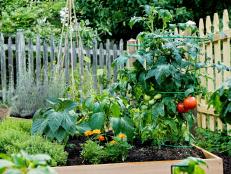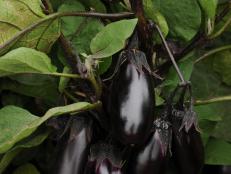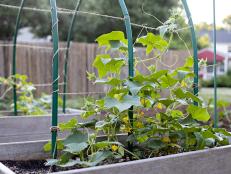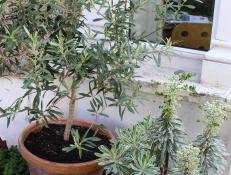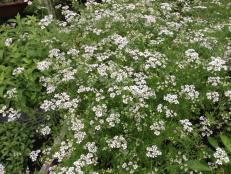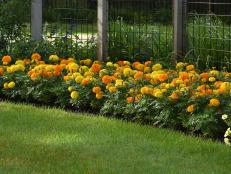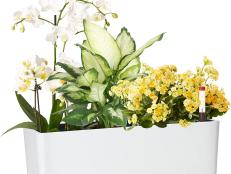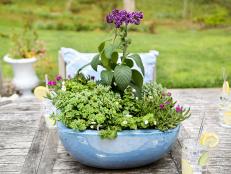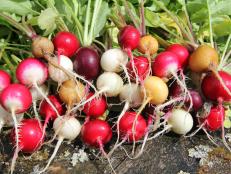What You Should Know About Biointensive Gardening
Get bigger yields, using less water and energy, when you grow biointensive.


Matt Drewno
What would it take to convince you to double-dig your garden 24 inches deep—by hand? Are you willing to heap compost directly in your beds, rather than a distant pile? Would you space your plants so closely, their leaves touch?
Known as biointensive agriculture, these practices are part of an organic system of gardening that focuses on increasing yields in small spaces. Biointensive farming or gardening also aims to use less water and energy than traditional gardening methods, while sustaining and even building soil that’s healthy, vigorous and alive with many different kinds of microorganisms.
It takes determination to put away a rototiller or other gas-powered machine and work the ground with a garden fork and spade, and it’s not seldom convenient to forego a quick chemical spray on pest-ridden foliage to nuture pest-deterring companion plants, like marigolds, instead.
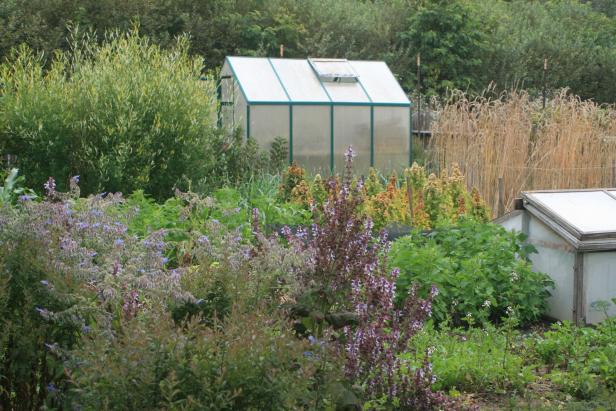
Matt Drewno
But these kinds of changes pay off, says Matt Drewno, a teacher and mini-farm manager with the California-based, non-profit Ecology Action. Under the leadership of biointensive researcher and grower John Jeavons, Ecology Action leaders and teachers train people around the world to use sustainable growing practices. Their system, called Grow Biointensive, is currently helping farmers and growers in Kenya, Mexico, Russia, and about 150 other countries maximize their yields, feed their communities, and make a living wage while conserving natural resources.
“We’re trying to create a resilient, local system of food growing,” Drewno says. “There are some 870 million people in the world without enough food to eat. Our population is supposed to increase 41% by 2050 (according to U.N. projections). Farming practices are now losing soil 10 to 40 times faster than it can be replenished. We are about to go off a cliff, and that makes dependence on that food system really sketchy.”
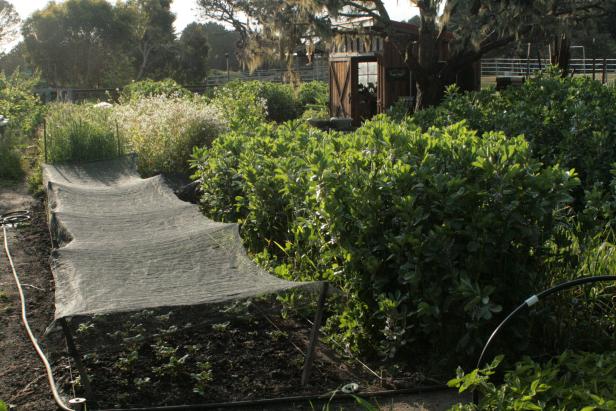
Matt Drewno
Drewno adds, "We find that almost all of our problems with pests and disease start with the soil. An imbalance in soil fertility leads to an imbalance and dis-ease in plants. This invites pests. In addition to destroying soil structure, rototillers and conventional farming will destroy organic matter and the ability for the soil to cycle nutrients and maintain fertility over time.”
While the scenario sounds frightening, positive change is still possible. “In 1943, 20 millions households produced food in Victory Gardens,” Drewno says, “a mobilized effort that worked to limit our dependence on outside food production. The challenge is a huge opportunity for every person to find joy in gardening and turn the ship around. Gardening just makes people healthier and happier. It breathes life into us.” It’s not just that we need to grow our own food, he explains; we need to grow food in sustainable ways. In biointensive agriculture, this means “growing” healthy soils that produce healthy foods.
Eight Key Principles of Biointensive Gardening:
1: Deep soil preparation. "Loosening the soil down to 24 inches sounds like a lot of work," Drewno says, "but you can do it in a way that’s invigorating. Typical agriculture only goes 6 to 8 inches deep. That’s where the soil life is, and it gets destroyed when you plow deeply (and use chemicals and fertilizers). In the biointensive system, double digging is a form of conservation tillage that produces higher yields." It also encourages deeper soil life, root development and water retention, and encourages nutrient cycling (the ways in which nutrients move from the physical environment into living organisms, and are then returned back to the environment.)
2: Close plant spacing. Rather than planting in rows, biointensive growers plant in hexagonal shapes, "the most efficient form to pack things in, in nature," Drewno explains. Hexagons are the shape of water crystals. Bees use the hexagon in honeycombs. When the soil is prepared deeply, and plants are spaced close together, roots can grow deeper. That helps increase yields from two to six times the yields from conventional agriculture.
3: Composting. Instead of heaping compost in distant piles, biointensive growers pile materials in their gardens. "Nutrients naturally leach out directly into the growing beds, not into some marginal space," Drewno says. "We try to use a cold composting technique. The compost (material) takes longer to cure, but it becomes more diverse, and produces more compost out. Hot piles consume organic matter fast, as microbes release carbon into the atmosphere." Instead of bringing in outside manures, biointensive gardeners "focus on growing our own compost, and devote at least 60 percent of our growing area to dual-purpose crops which grow both food and compost."
4: Carbon farming. This principle focuses on growing crops that produce a lot of mature biomass that can be returned to the soil as compost. These crops include sorghum, rye, wheat, millet and barley, among others. Crops that have edible seeds, like oats and quinoa, also feed the growers. "The goal," Drewno says, "is after composting these residues, to return three to five 5-gallon buckets of compost per growing year, per bed."
5: Calorie farming. This involves growing certain calorie-dense root crops, such as potatoes, sweet potatoes, parsnips and leeks that yield well in small areas. With an optimum balance of carbon crops and special root crops, a grower could produce a nutritionally balanced diet in minimal space. Drewno says, "Ecology Action is working on a diet design that when grown, will enable 1 person to grow a complete diet, income and maintain soil fertility in an area less than 1,000 square feet."
6: Companion planting. "Companion planting allows us to maximize the relationships between plants, insects and people," Drewno says. It’s about choosing plants that help other plants by repelling certain pests, for example, or growing plants like legumes that help fix nitrogen in the soil for other crops.
7: Planting open-pollinated seeds. Saving and growing open-pollinated (OP) seeds saves money, since these seeds grow true-to-type. Saving OP seeds also keeps the genetic plant pool more diverse, so diseases or pests are less likely to wipe out entire crops.
8: Keeping a whole system perspective. "Responsibility comes with growing food," Drewno adds. As a system, biointensive agriculture strives to grow the soil, then food, then income. "Right now, it’s more about income, food, then soil. A whole system perspective honors the web of life in the garden and uses all the principles to increase yields and sustain the soil."

.-Battle-on-the-Beach-courtesy-of-HGTV.-.jpg.rend.hgtvcom.196.196.suffix/1714761529029.jpeg)




